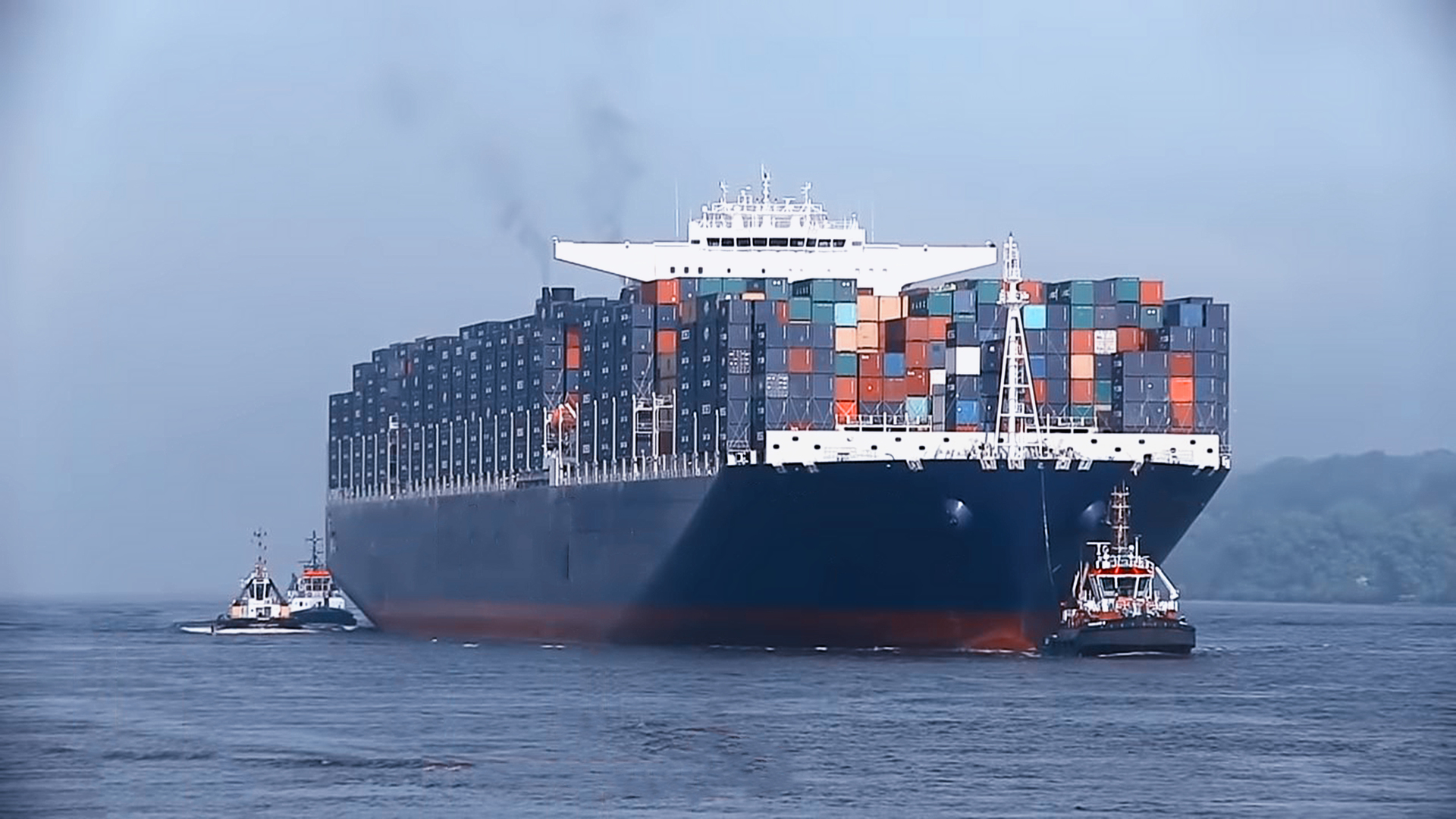
The trade tension between the United States and China has entered a new maritime front.
On October 14, China’s Ministry of Transport will introduce retaliatory port fees on ships operated or owned by US companies—a direct response to Washington’s newly announced levies on Chinese-built or -controlled vessels.
This tit-for-tat escalation underscores how deeply geopolitical rifts are now embedding into the logistics and maritime ecosystem—impacting carriers, alliances, and global trade flows alike.
Under China’s plan, vessels operated by or with more than 25% US ownership will face:
If a vessel calls at multiple Chinese ports during one voyage, the fee applies only to the first port of call, and no more than five voyages per year will be charged.
The new rule mirrors the US Trade Representative’s(USTR) fee schedule, which sets charges at $50 per ton and $120 per container for Chinese-affiliated ships entering US ports.
Major US-linked carriers in the crosshairs include:
By contrast, ZIM Integrated Shipping Services, with only 19% US shareholding, escapes the threshold.
This development reflects more than just a fee increase—it’s a strategic signal of how maritime policy is becoming a geopolitical tool.
The Sino-US maritime agreement, long a stabilizing framework for carriers, is being tested as both nations use port access and shipping costs as instruments of leverage.
Key impacts to watch:
For global logistics professionals, this move highlights a recurring theme of 2025: policy volatility as a supply chain disruptor.
Port fees, tariffs, and regulatory barriers are no longer isolated incidents—they’re shaping freight economics, trade diversification strategies, and the rise of “US-plus-one” sourcing models.
Forwarders and carriers will need to reinforce resilience strategies:
At Worldtop & Meta, we continue to monitor these developments to help our clients maintain operational agility and financial predictability amid geopolitical turbulence.
China’s Ministry of Transport announced new port fees targeting ships operated or owned by U.S. companies, beginning October14, 2025. The fee starts at ¥400 (US$56) per net ton, increasing annually through 2028. The policy mirrors U.S. measures that impose port fees on Chinese-controlled or Chinese-built vessels.
Major carriers affected include Matson, Maersk, APL (CMA CGM Group), and potentially Seaspan, whose U.S. ownership exceeds 25%. Israel’s ZIM is not impacted because its U.S. shareholding is below the threshold.
The new port fees are expected to raise operating costs on trans-Pacific trade lanes, potentially leading to route adjustments, capacity cuts, or longer lead times.
It may also accelerate supply-chain diversification toward Taiwan, Vietnam, and India as companies seek to mitigate U.S.–China trade friction.
While carriers like Matson have pledged not to impose immediate surcharges, overall logistics costs could rise indirectly through higher freight rates or limited vessel availability. Shippers should model cost impacts under various scenarios and plan accordingly.
The reciprocal port fees illustrate how logistics and shipping are becoming geopolitical battlegrounds.
Beyond tariffs, nations are now leveraging port access, vessel origin, and ownership structures as tools of strategic influence in global trade.
By adopting “Geopolitical Agility”—the ability to rapidly adapt to regulatory or trade shifts through flexible supply-chain design, smart contracts, and transparent data ecosystems.